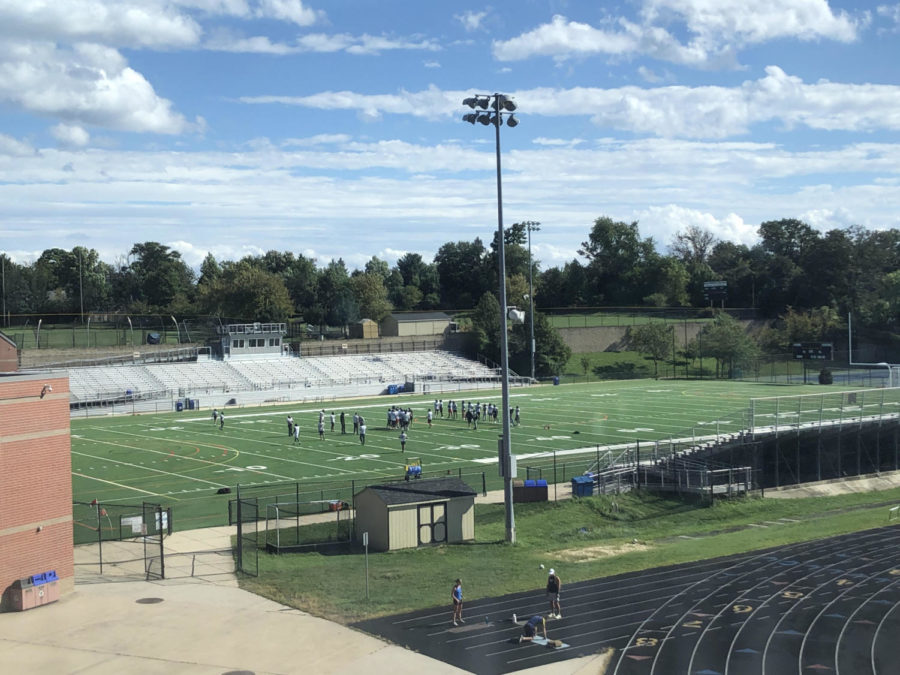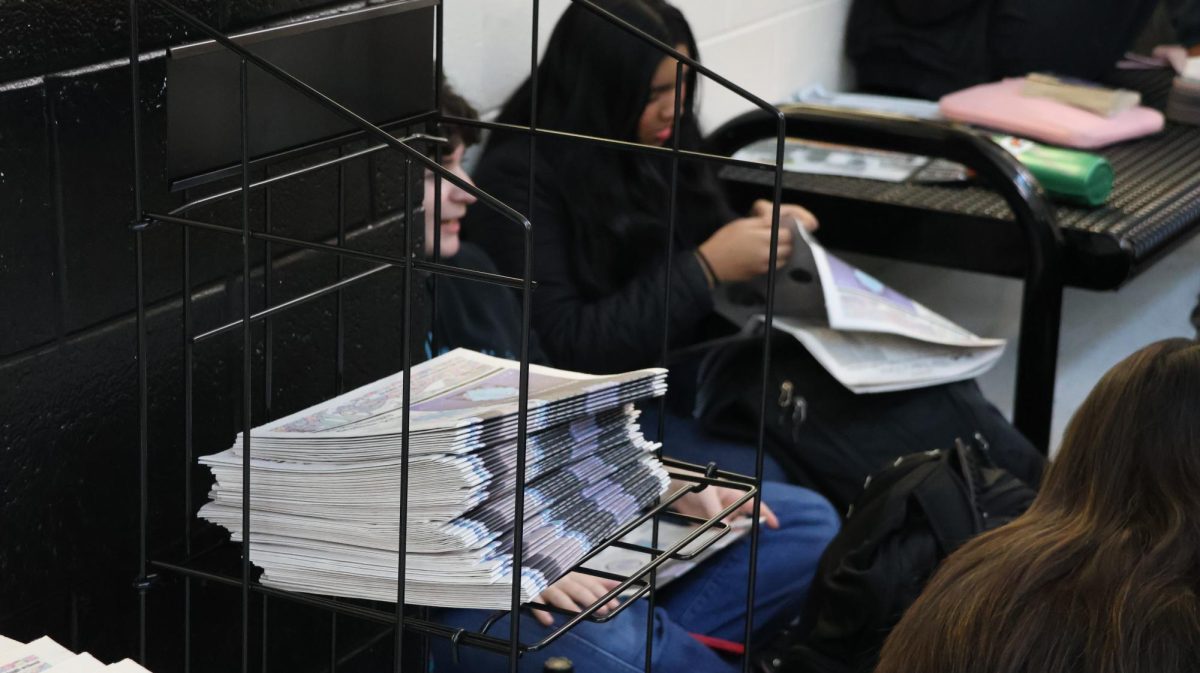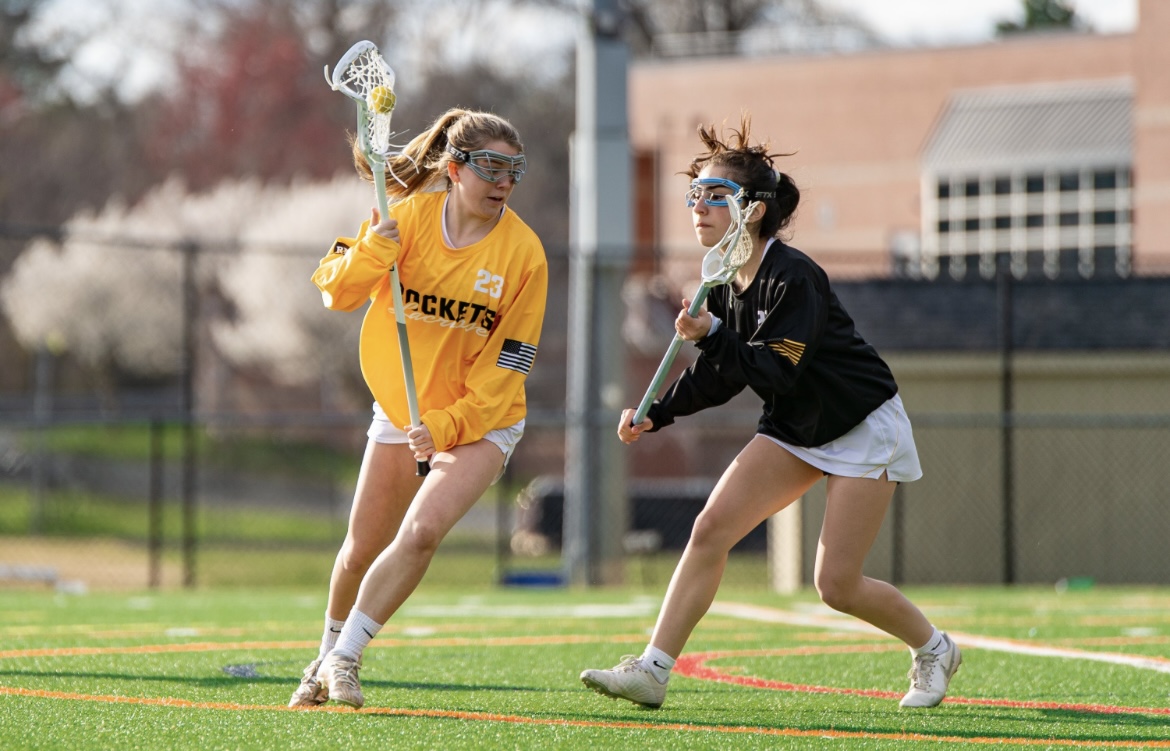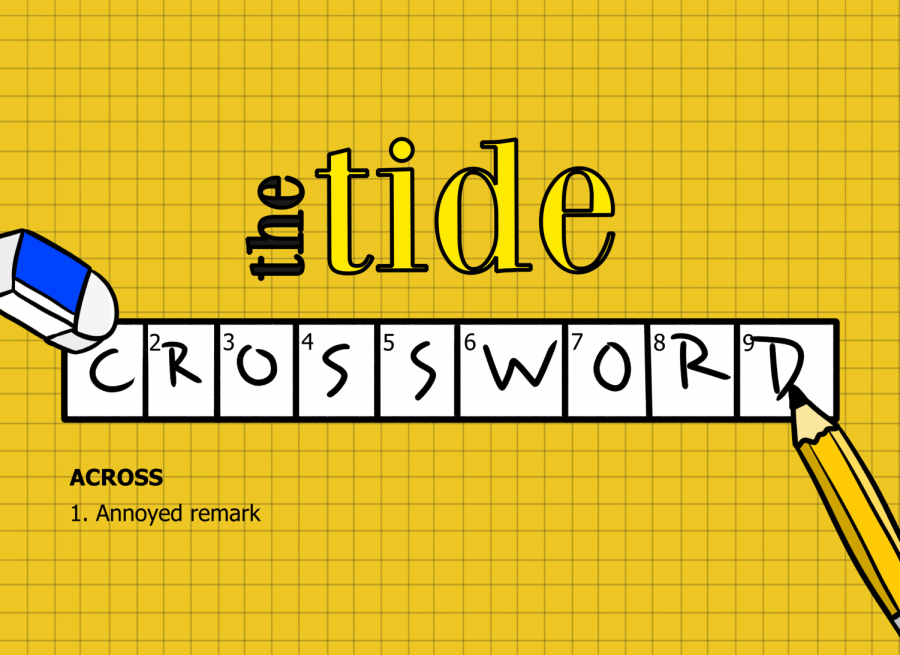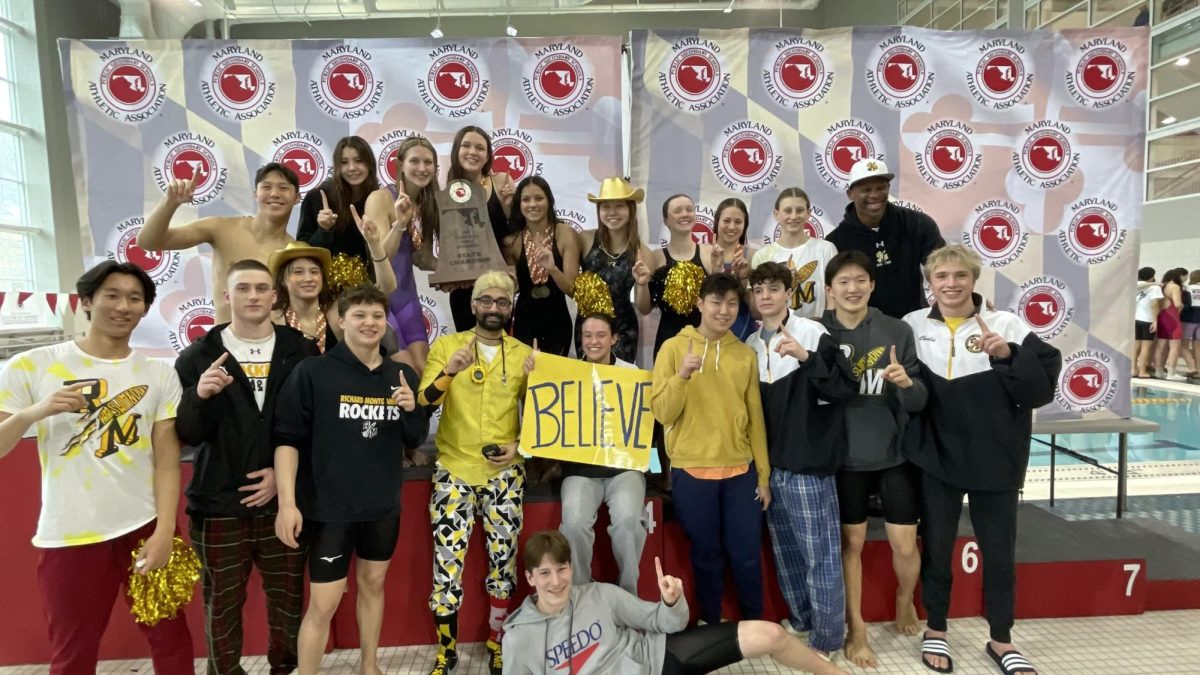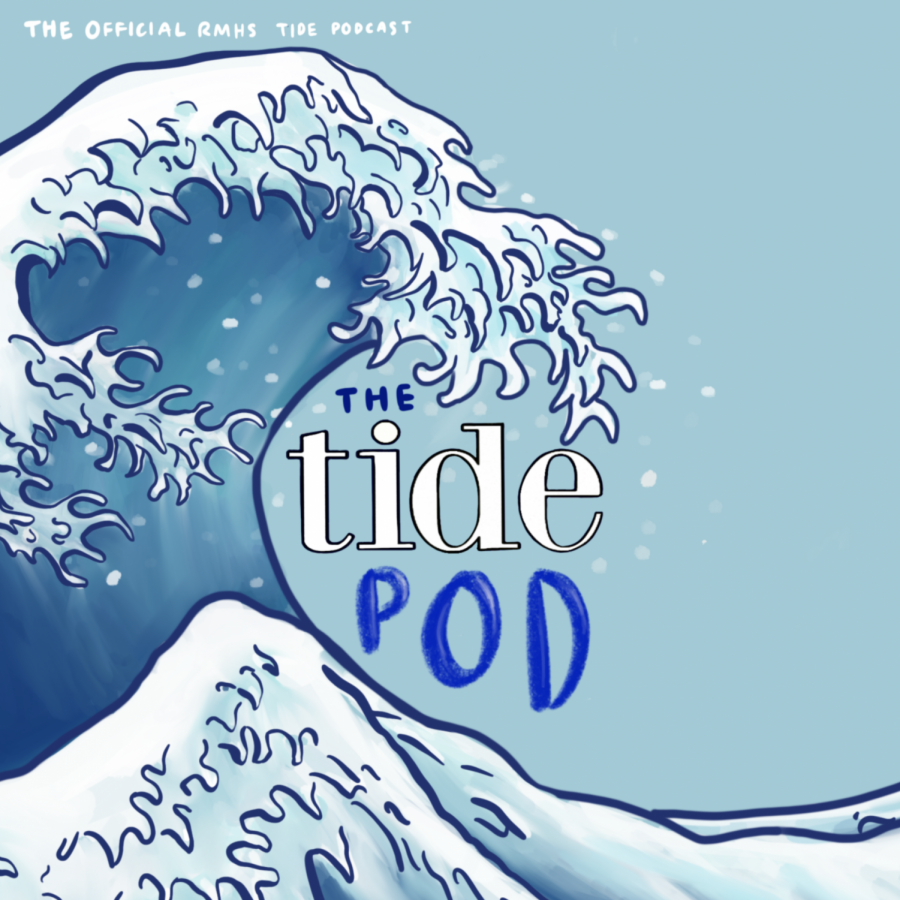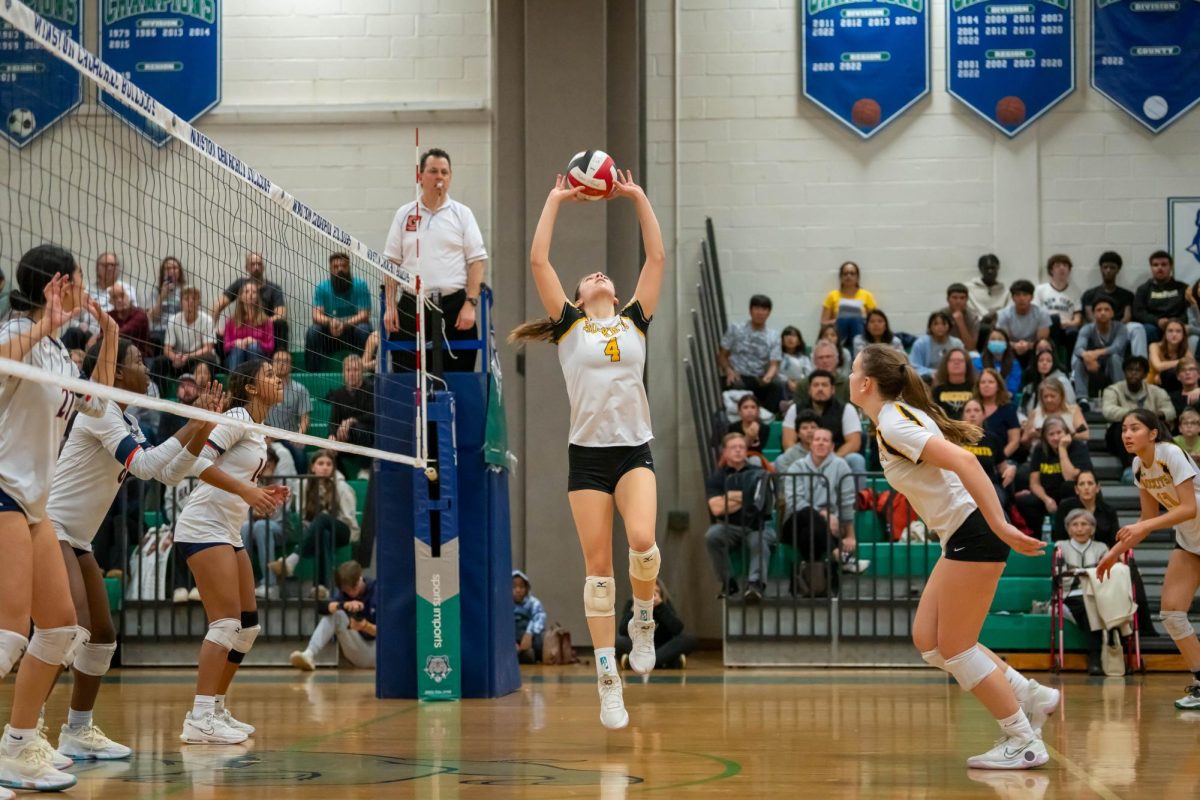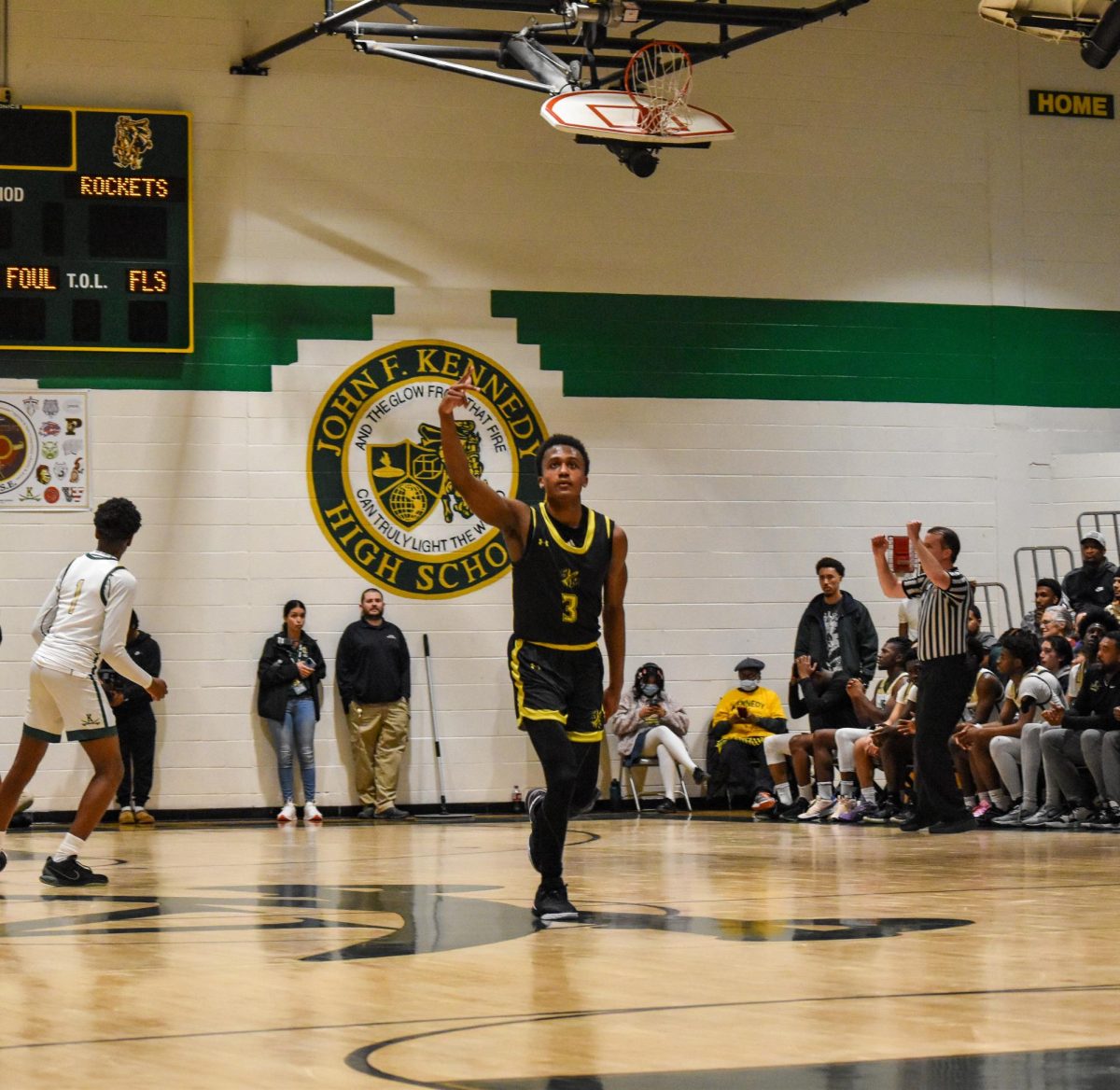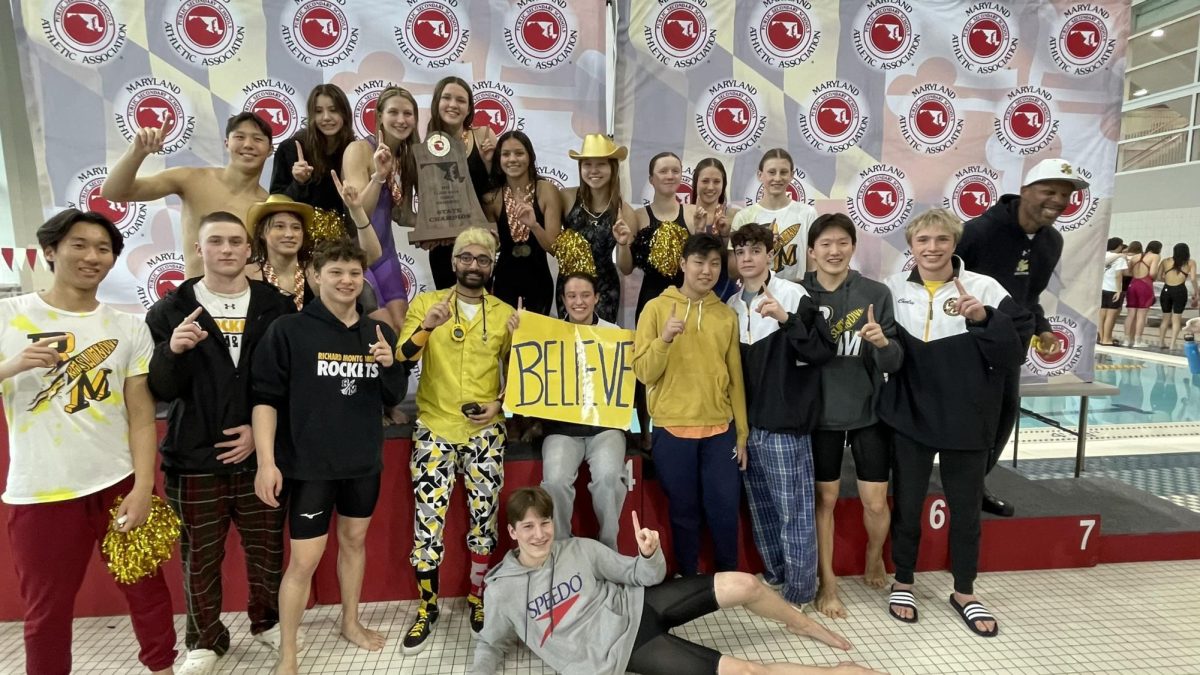The professional sports community has recently been buzzing about an important question: is synthetic turf the leading factor as to why more athletes are getting injured? As of now, no clear consensus has been reached. Last week, the National Football League Players Association (NFLPA) made the executive decision that all NFL games will now be played on grass rather than synthetic turf. Currently, 17 NFL teams play on turf at home, meaning 15 stadiums are not compliant. According to the National Football Players Association, “players have a 32 percent higher rate of non-contact knee injuries on turf and a staggering 69 percent higher rate of non-contact foot or ankle injuries on turf compared to grass.”
Those who favor synthetic turf state that turf is better suited for games played in inclement weather, and decreases injuries in those conditions. Turf stadiums are also more practical for hosting concerts, festivals and other events that can generate revenue for the team. Synthetic turf can be rolled away unlike natural grass, making transitions a simpler process. On Sept. 2, FedEx Field in Washington D.C. hosted over 50,000 people at a country concert and was then able to host the Washington Commanders season opener a little over a week later. FedEx Field uses synthetic turf, which made this transition possible, smooth and relatively inexpensive.
This year, the RM boys varsity soccer team has had three players tear their ACL. This is an injury with 11 months of recovery time. Many athletes believe this has to do with RM’s artificial grass fields. “I’ve gotten used to playing on RM’s turf, but it definitely worries me if I make a wrong step [that] I might injure myself,” junior and boys varsity soccer player Alexi Zavala said. Zavala witnessed all three soccer players tear their ACLs this year, and has seen other players have serious injuries on turf in the recent past. “I would describe RM’s turf as a rock hard layer, almost concrete with turf on top,” junior, girls varsity soccer player and University of Maryland commit McKinley Heaven said.
So why doesn’t RM switch to a natural grass field? RM made the decision to install a turf field years ago because it hosts many other sports games and practices year round, including football, soccer and field hockey. Lacrosse and field hockey players at RM have expressed that most of the time turf is better to play on compared to the natural grass. The ball can roll and bounce better on turf, which favors these popular sports. The turf fields are also better suited to host the many sports at RM, all of which require different markings on the grass and can hold up during three full seasons of high school athletics.
I’ve gotten used to playing on RM’s turf, but it definitely worries me if I make a wrong step [that] I might injure myself.
— Alexi Zavala
Today, there are many reasons supporting why so many organizations, universities and high schools are choosing artificial turf over grass for their fields and why it is the smart choice for RM. Turf fields have an average lifespan of over 10 years, while grass fields need to be majorly redone every four to six years. This places a significant financial burden on the institution. Grass fields can also be impacted by severe weather events, while turf fields are much more durable. Grass is also subject to damage from use, like lines and colors fading from sunlight, scuffing from the many teams that practice and play on it and overgrownness. Turf requires much less time towards maintenance, which can be given back to the athletes in the form of practice or playing time. This minimal maintenance also means that the turf doesn’t require water or pesticides, which helps the school, county and environment. Though the installation of these fields is an expensive long term project, many high schools around the country are saving up to $30,000 annually after making the switch to turf.
If you would like to voice your opinion on an issue you feel is relevant to our community, please do so here. Submissions will be published either online or in a print issue.

